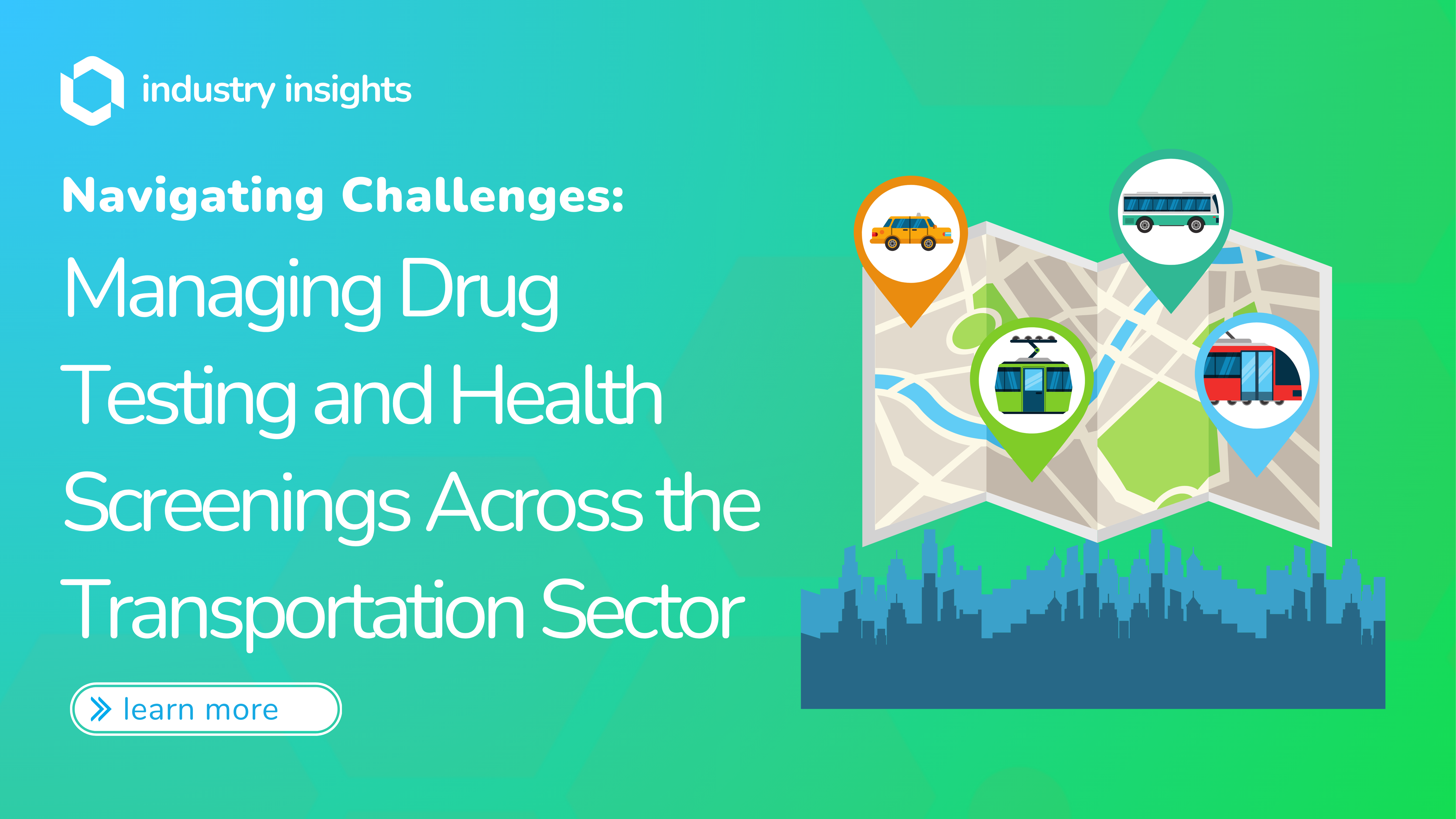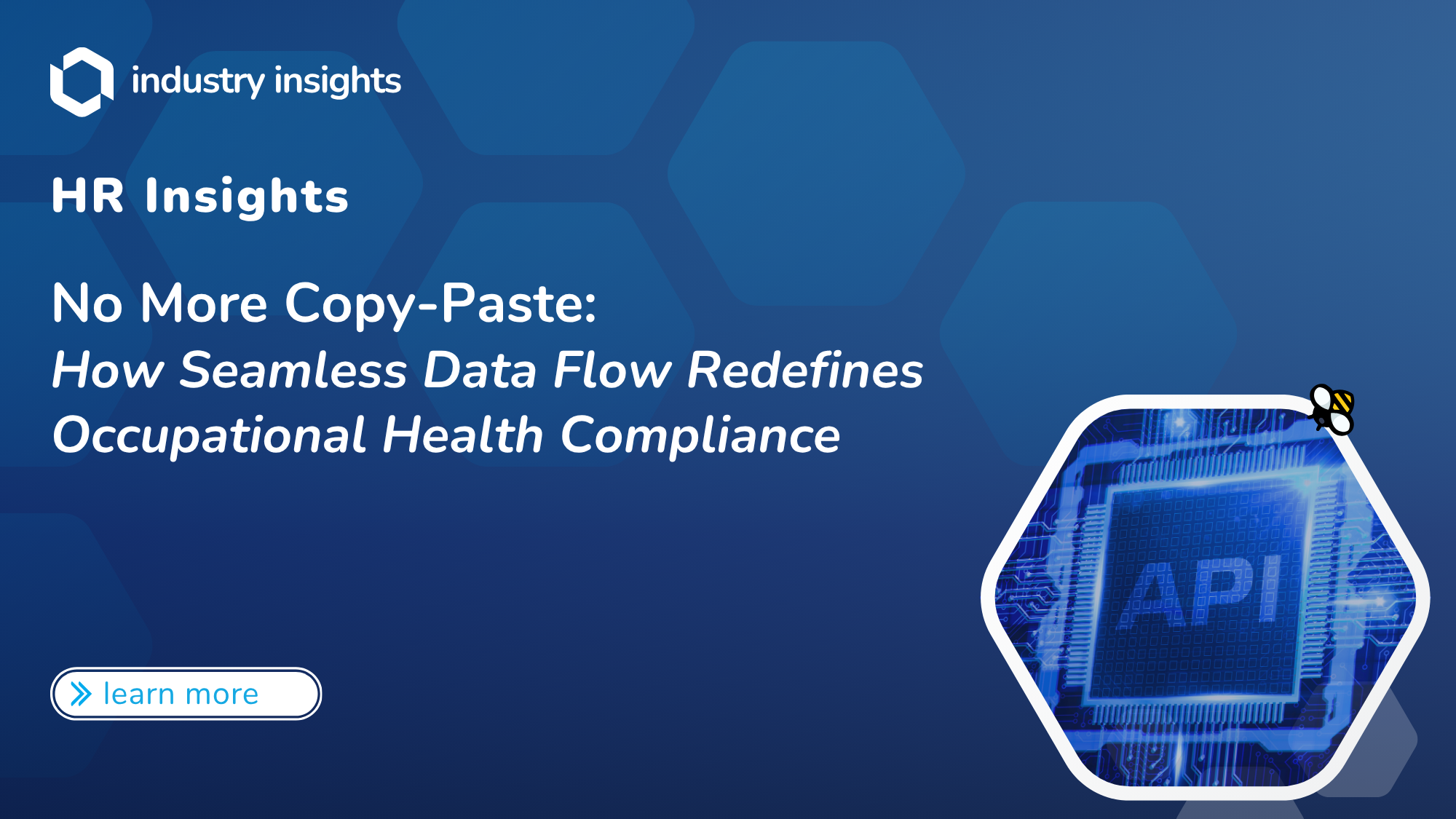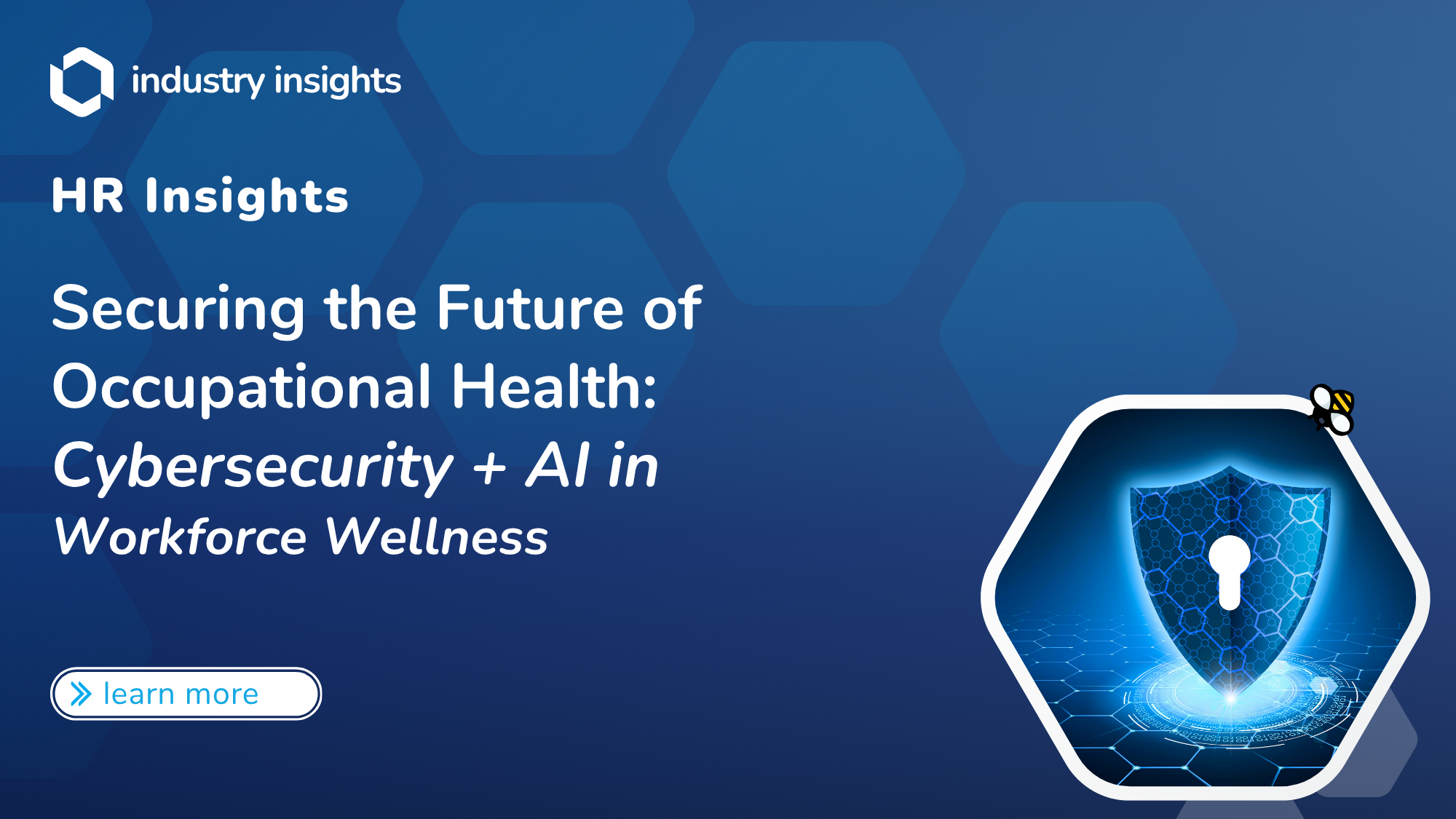Managing drug testing and health screenings for transportation workers is more than just ticking boxes—it’s about ensuring safety, compliance, and well-being in a crucial industry. For those working in the HR industry, navigating these requirements effectively is key to maintaining a productive and safe workforce. Here’s a guide on how to streamline these processes while keeping your team happy and healthy.
1. Understand the Regulations
The transportation industry is heavily regulated, and staying on top of these rules is crucial. Federal guidelines, especially those from the Department of Transportation (DOT), dictate drug testing and health screening protocols. Make sure you’re familiar with the specifics of DOT regulations, including what tests are required and the procedures for compliance. Regularly review any updates to ensure you’re always aligned with current standards.
2. Implement a Clear Drug Testing Policy
A well-defined drug testing policy is essential. This should include:
- Testing Procedures: Outline when and how tests will be conducted (pre-employment, random, post-accident, etc.).
- Substance List: Specify which substances are tested and why.
- Consequences: Clearly state the consequences of failing a drug test to ensure transparency.
Communicate this policy clearly to all employees and make sure they understand it. Transparency builds trust and helps prevent misunderstandings.
3. Choose the Right Testing Methods
There are various testing methods, each with its own pros and cons. The common ones include:
- Urine Drug Screens: Standard for many types of drug testing.
- Hair Follicle Testing: Useful for detecting long-term drug use.
- Breath Alcohol Tests: Essential for immediate alcohol detection.
Select the method that best fits your company’s needs and regulatory requirements. Consider factors like accuracy, the substance being tested, and the potential for substance abuse issues among your employees.
4. Manage Health Screenings Efficiently
Health screenings are more than just a compliance check—they’re about ensuring your workers are fit for duty. Key screenings include:
- DOT Physicals: Required to ensure drivers meet health standards.
- Vision and Hearing Tests: Important for safety and compliance.
- Sleep Apnea Testing: Critical for those whose job performance could be affected by sleep disorders.
To streamline the process of accessing and managing these screenings, having a comprehensive directory of healthcare providers can be a game-changer. For instance, BlueHive offers an extensive occupational health directory with over 18,000 clinics across the nation. This resource helps ensure that your workers can easily find and receive the necessary care, no matter where they are, simplifying the process and enhancing overall efficiency.
5. Streamline Your Processes with Technology
Technology can significantly ease the management of drug testing and health screenings. Using advanced software or platforms can help with:
- Automated Scheduling: Simplifies the process of arranging tests and screenings.
- Electronic Records: Keeps all testing results and health records organized and accessible.
- Compliance Tracking: Helps monitor deadlines and ensures that all requirements are met.
BlueHive can integrate these features to help manage your occupational health programs seamlessly. By leveraging such technology, you can reduce administrative burdens and focus more on your workforce’s well-being.
6. Foster a Supportive Culture
Creating a supportive environment helps mitigate stress and improve compliance. Offer resources and support for employees, such as:
- Counseling Services: Provide access to mental health resources.
- Education Programs: Educate employees about the importance of drug testing and health screenings.
- Wellness Initiatives: Encourage a healthy lifestyle through programs and incentives.
A supportive culture promotes well-being and can positively impact your workforce’s overall performance and satisfaction.
7. Address and Learn from Issues Promptly
If issues arise, address them quickly and learn from the experience. Whether it’s a failed drug test or a health screening anomaly, have a clear process in place for handling these situations. This includes:
- Review Procedures: Analyze what went wrong and how to prevent it in the future.
- Offer Support: Provide resources for employees who may need help or rehabilitation.
Handling issues with care and transparency helps maintain trust and ensures that you’re continuously improving your processes.
8. Keep Communication Open
Regular communication is key. Keep employees informed about policies, changes in procedures, and the importance of drug testing and health screenings. Open dialogue helps build a culture of trust and ensures everyone is on the same page.
Conclusion
Managing drug testing and health screenings doesn’t have to be a headache. By understanding regulations, implementing clear policies, choosing the right methods, and leveraging technology, HR professionals can effectively manage these processes. Most importantly, fostering a supportive culture and maintaining open communication ensures that these essential practices contribute positively to your workforce’s health and safety.




